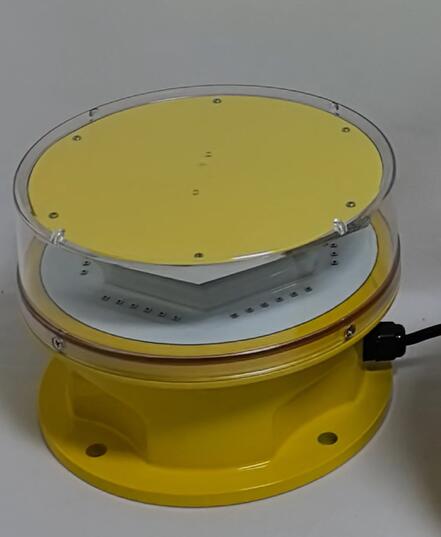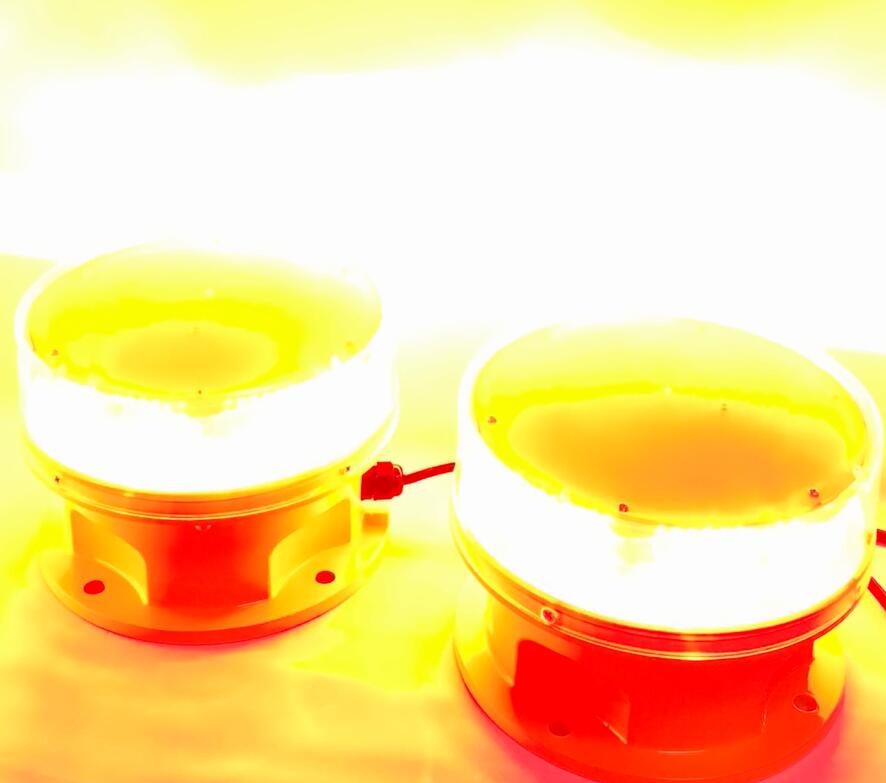Posted: 2024-08-29
In the realm where the heavens meet the earth, a silent yet crucial presence exists – aviation lights on buildings. These unassuming elements play a pivotal role in ensuring the safety of air travel and adding a unique dimension to the urban and rural landscapes.
As the sun dips below the horizon and darkness descends, the aviation lights on buildings begin to shine like beacons in the night. They are a visible reminder of the complex interplay between the built environment and the world of aviation. These lights are not merely decorative; they are essential safety features that serve as guides for pilots navigating the skies.

Buildings, whether tall skyscrapers in major cities or smaller structures near airports or flight paths, pose potential hazards to aircraft. Without proper lighting, these structures can be difficult to spot, especially in adverse weather conditions or during low visibility periods. This is where aviation lights on buildings come into play. They act as warning signals, alerting pilots to the presence of obstacles and helping them avoid collisions.
The types of aviation lights on buildings vary depending on their location and purpose. Red obstruction lights are commonly used to mark the highest points of a building. These lights are highly visible and are designed to stand out against the night sky. White strobe lights are also frequently employed, providing a distinct flash that can be easily spotted by pilots. In some cases, buildings may be equipped with flashing beacons or rotating lights, which offer additional visibility and can help pilots identify the location and orientation of a structure.
| type | B |
| MI | MI-B |
The installation and maintenance of aviation lights on buildings is a meticulous process that is governed by strict regulations and standards. Building owners and operators are responsible for ensuring that these lights are properly installed and functioning correctly. Regular inspections and testing are essential to ensure that the lights are in good working order and that their intensity and visibility meet the required specifications. This not only helps to protect air travel safety but also ensures compliance with legal requirements.

Aviation lights on buildings also have an aesthetic impact. At night, they can transform the appearance of a city or a landscape, creating a captivating visual display. The soft glow of these lights can add a touch of magic to the urban skyline or provide a reassuring presence in rural areas. They can also serve as landmarks, helping people orient themselves and navigate their surroundings.
Moreover, these lights play a significant role in emergency situations. In the event of a power outage or other emergencies, aviation lights on buildings can provide crucial visibility for rescue operations and help guide aircraft to safe landing areas. They are an essential part of the overall emergency response infrastructure.
As air travel continues to grow and evolve, the importance of aviation lights on buildings remains unchanged. They are a constant reminder of the need for safety and vigilance in the skies. Whether it's a busy international airport or a remote airstrip, these lights are an integral part of the aviation ecosystem.
Aviation lights on buildings are a vital component of air travel safety and the visual landscape. They serve as silent guardians, guiding pilots and protecting passengers. With their unwavering presence, they illuminate the skies and ensure the smooth flow of air traffic. As we look to the future, let us continue to recognize and appreciate the importance of these lights and work together to maintain and enhance their effectiveness. For in the world of aviation, every light counts, and every building with aviation lights is a symbol of safety and progress.